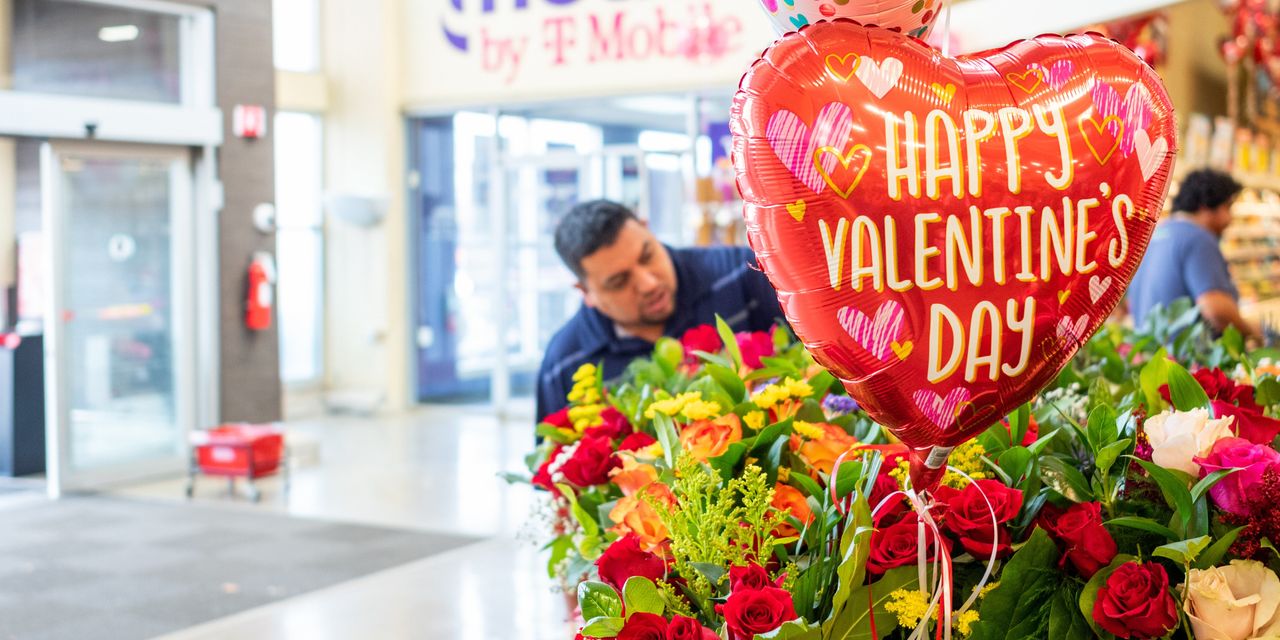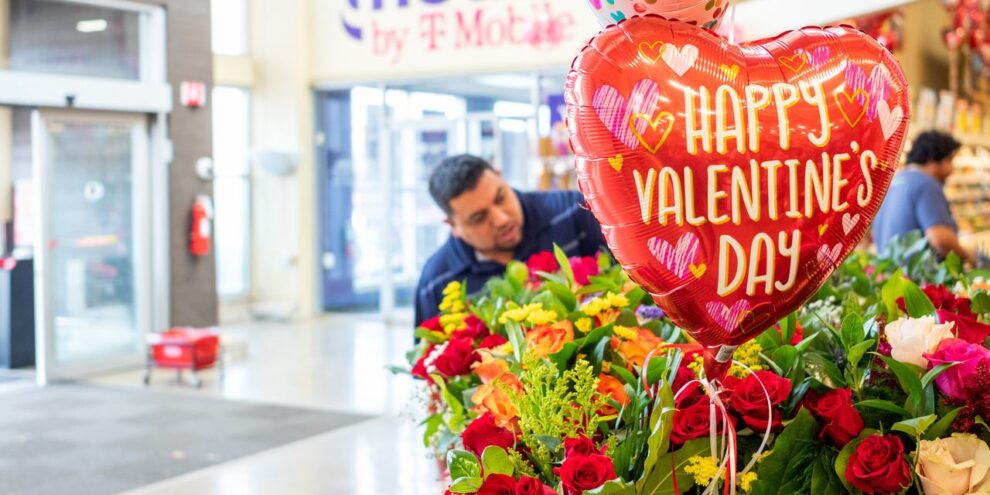
Valentine’s Day sweethearts will need to fork out more this year.
Candy and chewing gum prices rose 12.2% in January over last year, after rising 11.6% in December, according to government data released Tuesday. Similarly, sugar and sugar substitutes were 13.5% more expensive last month.
Inflation, however, continues to ease. The consumer price index hit 6.4% in January 2022 compared to a year ago, down from 6.5% in December 2022, and a 40-year-high of 9% in summer 2022. Annual food inflation hit 10.1% in January.
Traditional dating activities and gifts were also pricier. Dining out was 8.2% more expensive in January compared to last year, while indoor plants and flowers cost 5% more than a year ago, easing slightly from 6.3% in December.
“Increased cost of labor, manufacturing, shipping, warehousing, and energy — along with disruptions in supply chains — are all responsible for why candy is more expensive for Valentine’s Day,” said Dallin Hatch, a data expert for Pattern, an e-commerce analytics company, in an email to MarketWatch.
But the rise in prices does not appear to be deterring couples from celebrating their romance. Some 92% of Americans plan to celebrate Valentine’s Day with chocolate and candy, according to the National Confectioners Association, an industry trade group.
Total spending this Valentine’s Day is expected to reach $25.9 billion, up 8% on last year, with the average person spending $193, according to estimates from the National Retail Federation. The most popular Valentine’s Day gifts include candy (57%), greeting cards (40%), flowers (37%), a night out (32%), jewelry (21%), gift cards (20%) and clothing (19%), the NRF said.
But 60% of consumers say inflation has impacted their ability to pay for dates and romantic gifts over the past 12 months, a recent Forbes Advisor survey found. To manage costs for dates and romantic gifts, more than half (52%) said they cut back on spending, while a similar percentage said they borrowed money.






